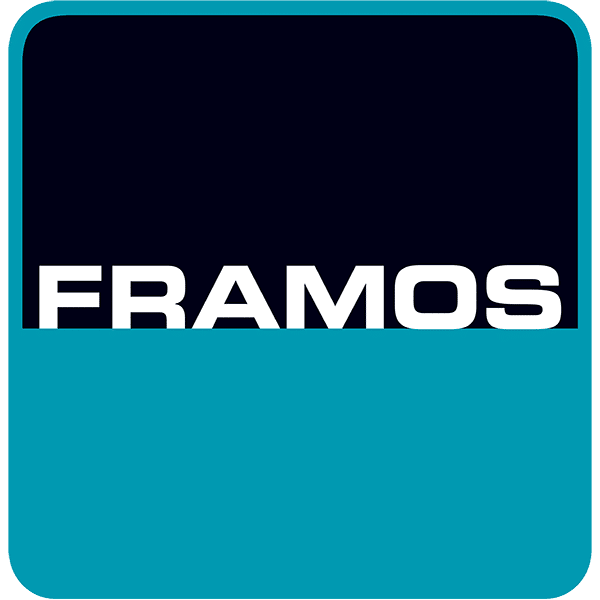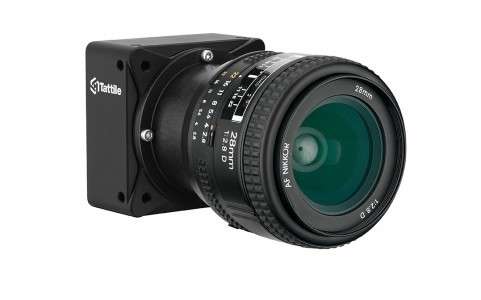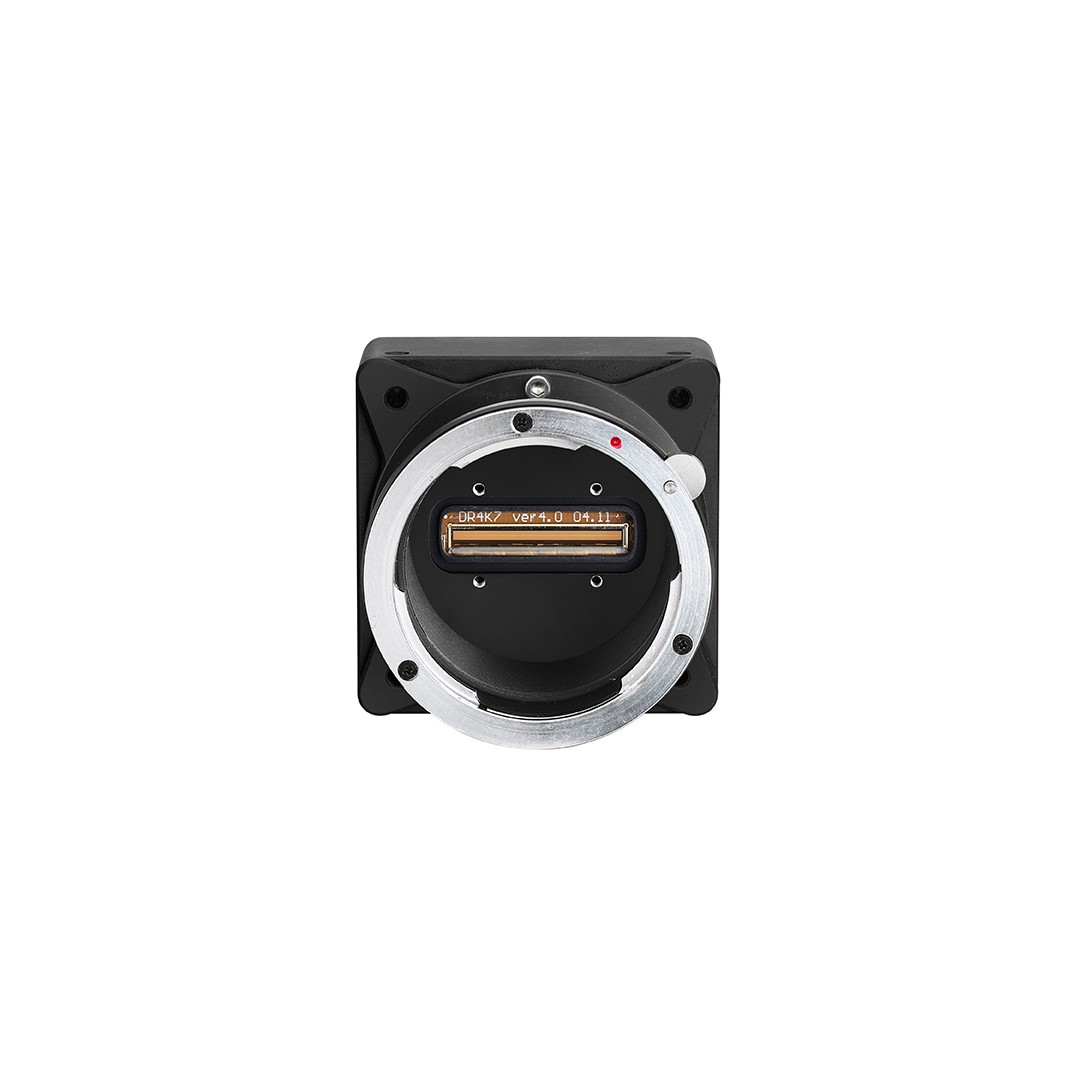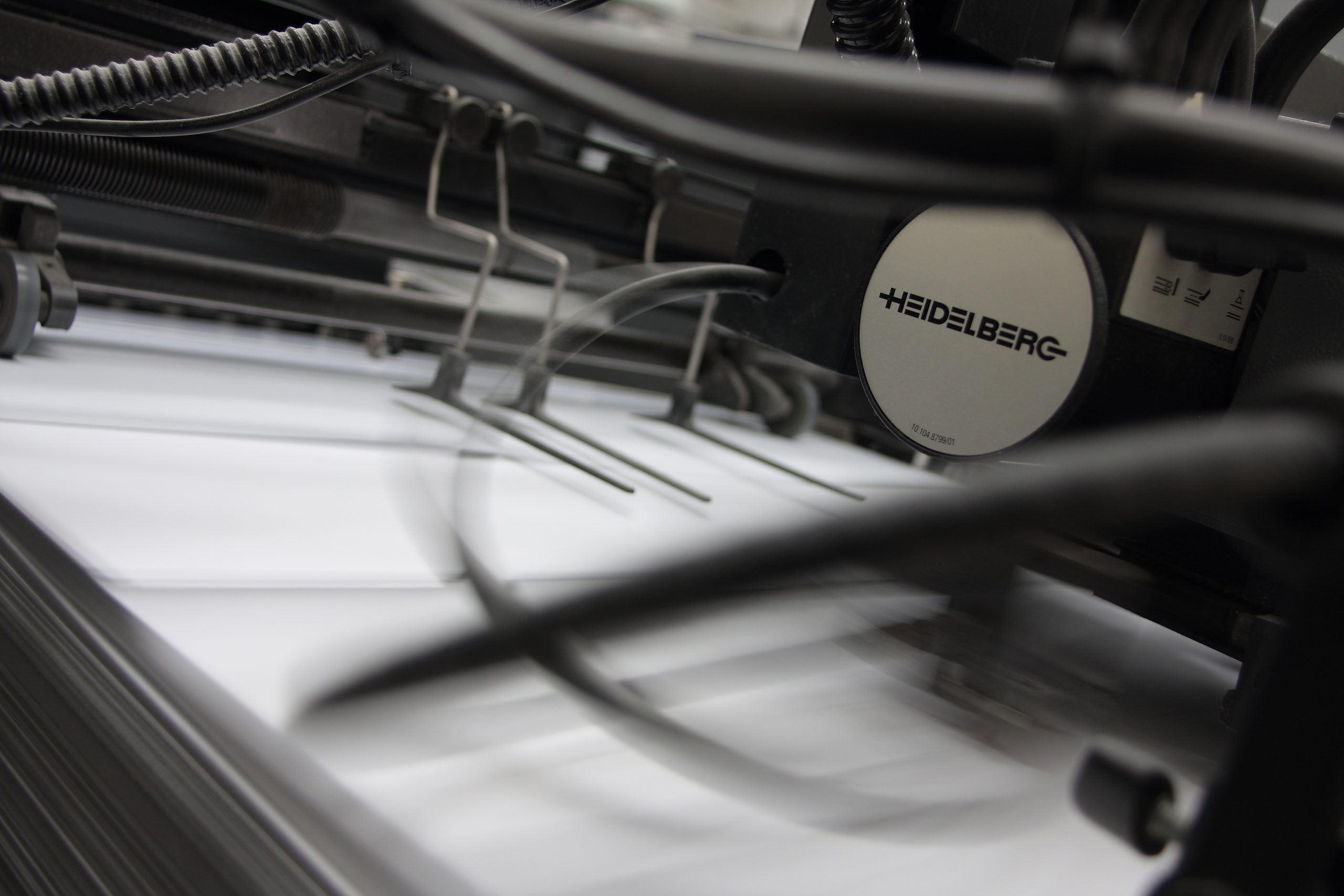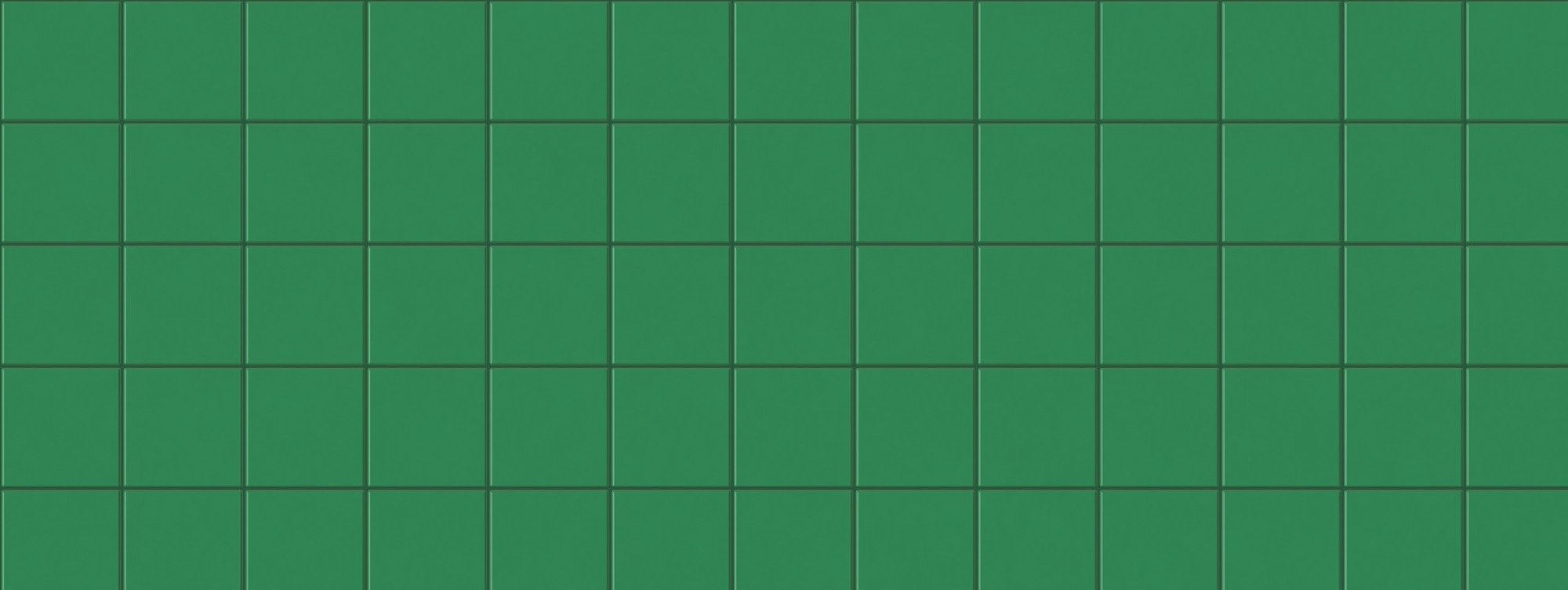Capable of capturing high-resolution images of fast moving objects, while remaining an inexpensive method of inspection, the line scan camera excels across a variety of different industries and applications. Being the perfect fit for applications requiring large, high-speed or high-resolution image capturing, line scan cameras are often found in continuous web applications like textiles, free-falling products like postal sorting, and providing large, defect-free images needed during certain inspections.
The reason behind this cameras ability is the linear sensor, meaning all the pixels are aligned in a single row. These pixels collect photoelectric charges during the camera’s exposure time, are then moved to a readout register where they are fixed and digitized, forming the cameras output. This leads to the line rate, expressed in kilohertz, which is the maximum rate the exposure and readout can occur. Line rates are important because high line rates are necessary for the cameras ability to capture fast moving objects.
2-dimensional images are also generated by moving the camera relatively to the object. This translates into a low data rate even when the camera is scanning at full speeds of up to 200Khz. The cameras alignment also impacts the resolution quality, so multiple cameras are often seen combined to grossly increase image resolution as well as their overall field of view. For example, cameras with a very high line frequency allow for an extremely fast reaction time in capturing images, compared to an area camera with the same width. The additional offering of wide horizontal resolutions perfectly exemplifies why these cameras are so often utilized across such a vast array of industries and applications.
The following applications are real-world examples of where line scan cameras can be seen in use.
Surface Quality Inspection
Line scan cameras quickly assess the rapidly moving items analyzed during surface quality inspection. Each item passes through conveyer belts on flat films at extremely high speeds of 500m/min or more. Line scan cameras are the most trustworthy option to correctly capture any imperfections observed thanks to the absence of dead pixels (that are digitally corrected by post processing in area scan cameras).
Whether it’s examining the corners of an image, or assessing surface deterioration, line scan cameras are an excellent choice during surface quality inspection as they can inspect a variety of different defects ranging from surface, mechanical, reflection and even contamination. These cameras are entrusted to complete these tasks successfully because of their ability to acquire extremely uniform and stable images without the need to pre-process the image, so it ends up into an easy and clear defect identification.
Medical Applications
Used, for example, in bacteria culture monitoring, line scan cameras help to automatically store the data of bacterial growth every 30 minutes. The biggest advantage of the line scan technology is the use of tri-linear scan sensors (a dedicated sensor for color image acquisition) that excels in offering 24bit color reproduction essential for a diagnostic application, while still repeating the continuous motions of monitoring bacteria.
Printing Quality Inspection
Here, the line scan cameras ability to stay completely uniform over the field of view is utilized.
By using these cameras, the print inspection guarantees a perfect documentation, offering a more productive and efficient print inspection. By surpassing the human eyes seeing abilities, line scan cameras are also entrusted with guaranteeing product safety and ensuring minimized waste, showcasing their advantageous qualities in printing quality inspection.
Grains and Fruit Inspection
Generally, this task requires monochrome or infrared cameras, depending on what is being inspected. As speed is extremely important for this task,
Although not as common, color sorters are also seen used for the inspection of peanuts, coffee beans, and melons. Here, the camera offers the ability to sort based on various seed sizes through one of the various sorting modes.
Tiles Quality Inspection
This task exploits the line scan cameras high resolution ability to evaluate color and ensure reproducibility. Two machines using line scan cameras and illumination systems analyze the same tile to guarantee uniformity, and entrust these high-resolution cameras to do the task.
Also, taking advantage of the cameras continuous monitoring of product defects, improvements to the production process are made, due to the immediate and accurate defect detection offerings, ultimately leading to an increase of quality. Additionally, with an optimized tile flow, high inspection rate, and complete uniformity, the line scan camera becomes an obvious choice for tiles quality inspection. In fact, with this technology an impressive resolution of 6000dpi can be reached and the tone analysis becomes as sensitive as human eyes and more accurate when it comes to dark and glossy materials like technical porcelain stoneware, shaded, colors, structured, rectified or polished tiles.
All applications utilize the cameras superb ability to produce high resolution images of items moving at high-speeds. With a variety of different options such as color reproduction, monochrome and infrared, line scan cameras remain uniquely versatile with a variety of different uses and definitely an option to look on while evaluating the best fitting imaging option.
